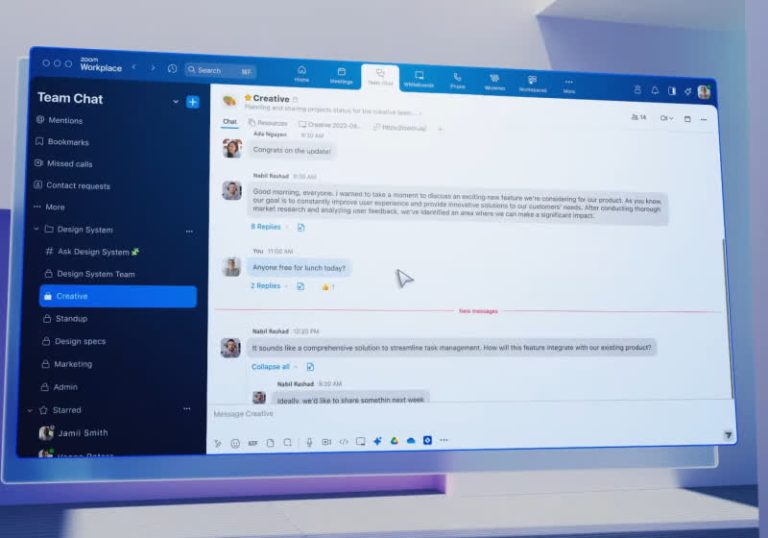Last month, internal Sony documents revealed that the upcoming PlayStation 5 Pro sports improved ray…
Frankly, another unauthorized software related to Nintendo getting taken down is par for the course…
In a new video showcasing the repair of yet another burned RTX 4090 power connector,…
For a long time, pirate site blocking was regarded as a topic most U.S. politicians…
Enlarge (credit: vitapix | E+) A 28-year-old Delaware woman, Hadja Kone, was arrested after cops…
Enlarge (credit: Getty Images) Federal prosecutors indicted a Nebraska man on charges he perpetrated a…
Enlarge / Texas Attorney General Ken Paxton speaks during the annual Conservative Political Action Conference…
In our new Mega 2.5GbE Switch Round-up 2024 edition, we cover 21 new switches. New…
Enlarge / The smaller Pixel 9, with three cameras?! (credit: OnLeaks and 91 mobiles )…
Presto Automation, a company that specializes in supplying artificial intelligence solutions to popular fast food…
The Zoom app has been renamed to Zoom Workplace, featuring a new appearance, additional AI…
Researchers in 2022 discovered the brightest GRB ever recorded. The event, labeled GRB 221009A, has…





























